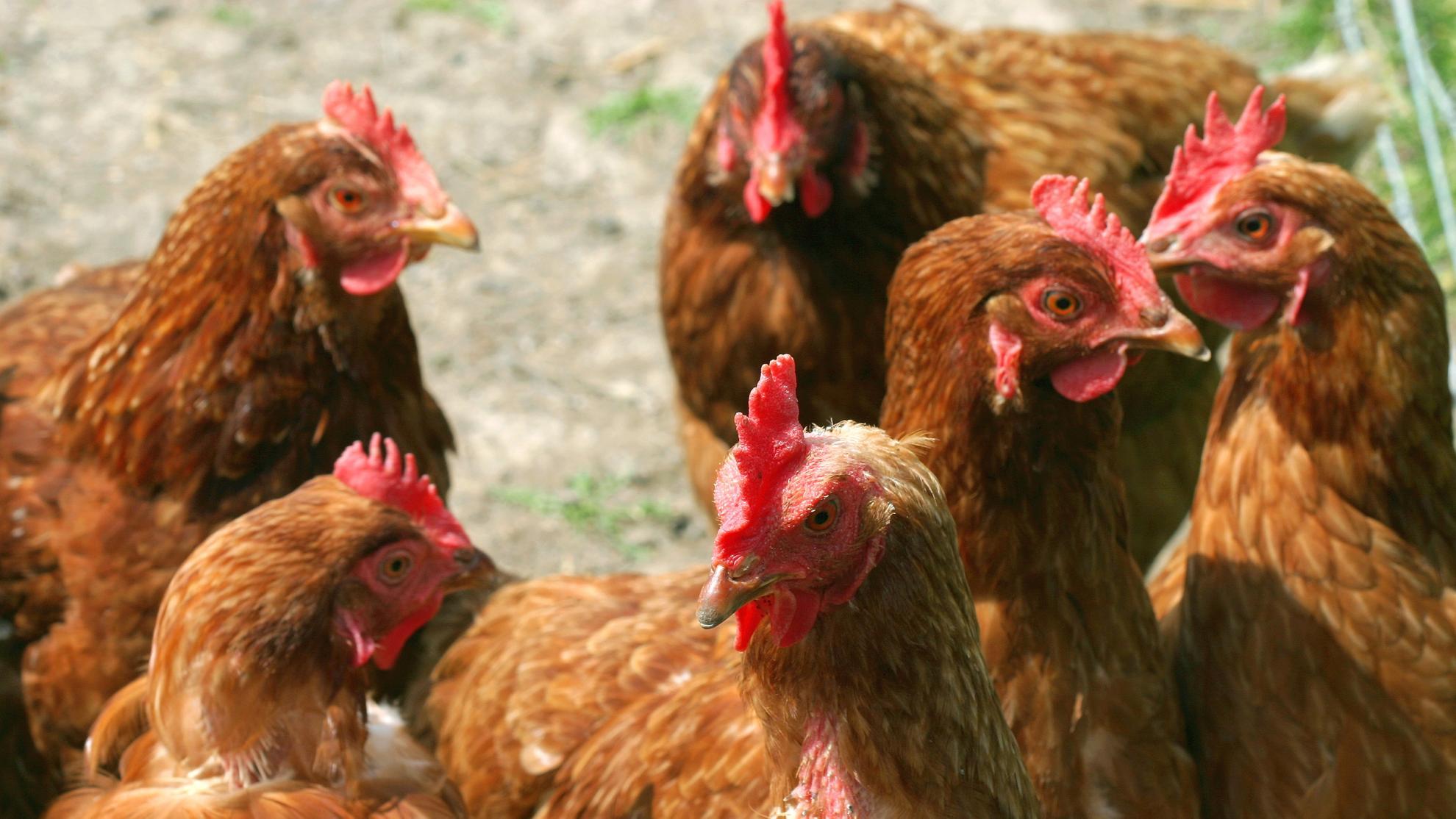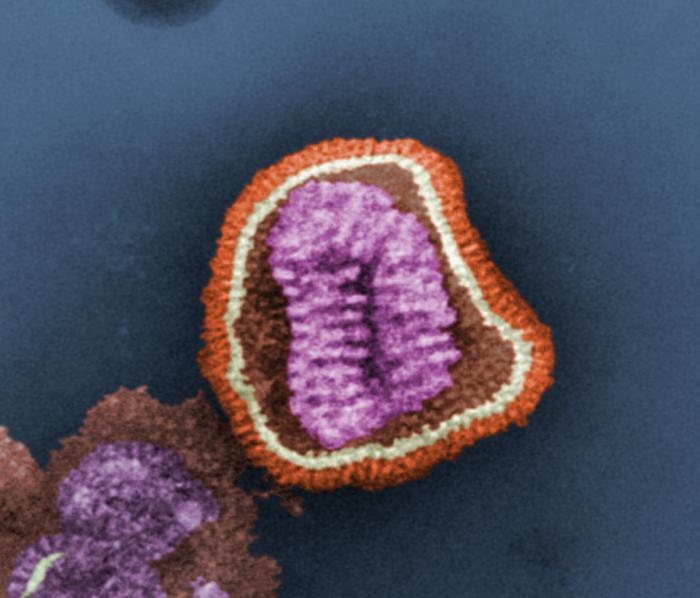Antigenic Characterization of Human Monoclonal Antibodies for Therapeutic Use against H7N9 Avian Influenza Virus
Since 2013, H7N9 avian influenza viruses (AIVs) have caused more than 1,500 human infections and the culling of millions of poultry. Despite large-scale poultry vaccination, H7N9 AIVs continue to circulate among poultry in China and pose a threat to human health. Previously, we isolated and generated four monoclonal antibodies (mAbs) derived from humans naturally infected with H7N9 AIV. Here, we investigated the hemagglutinin (HA) epitopes of H7N9 AIV targeted by these mAbs (L3A-44, K9B-122, L4A-14, and L4B-18) using immune escape studies. Our results revealed four key antigenic epitopes at HA amino acid positions 125, 133, 149, and 217. The mutant H7N9 viruses representing escape mutations containing an alanine-to-threonine substitution at residue 125 (A125T), a glycine-to-glutamic acid substitution at residue 133 (G133E), an asparagine-to-aspartic acid substitution at residue 149 (N149D), or a leucine-to-glutamine substitution at residue 217 (L217Q) showed reduced or completely abolished cross-reactivity with the mAbs, as measured by a hemagglutination inhibition (HI) assay. We further assessed the potential risk of these mutants to humans should they emerge following mAb treatment by measuring the impact of these HA mutations on virus fitness and evasion of host adaptive immunity. Here, we showed that the L4A-14 mAb had broad neutralizing capabilities, and its escape mutant N149D had reduced viral stability and human receptor binding and could be neutralized by both postinfection and antigen-induced sera. Therefore, the L4A-14 mAb could be a therapeutic candidate for H7N9 AIV infection in humans and warrants further investigation for therapeutic applications.

